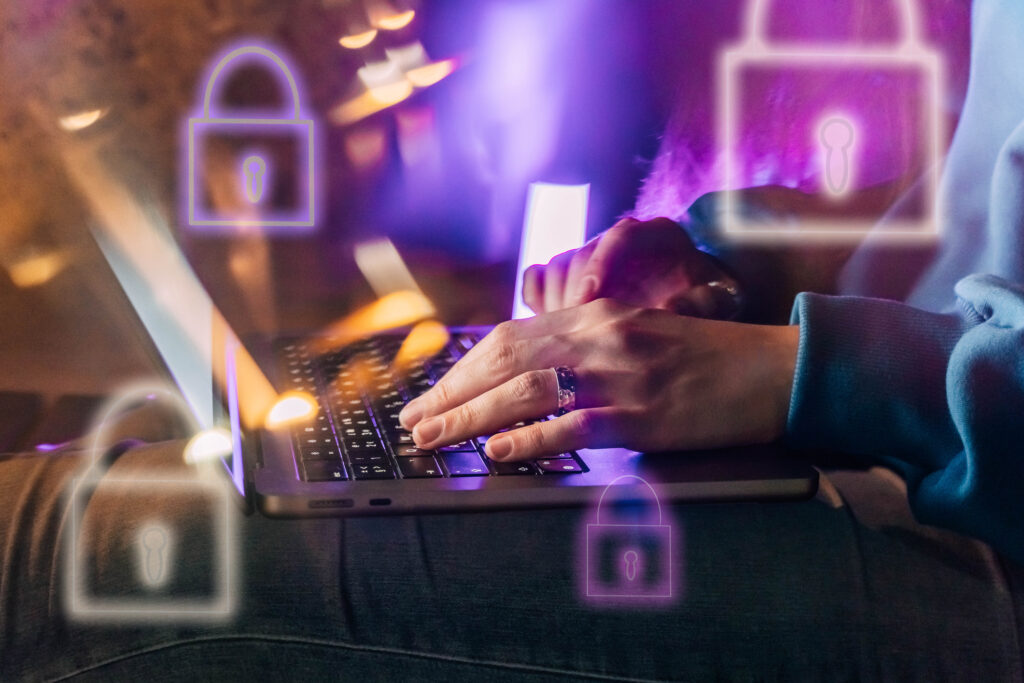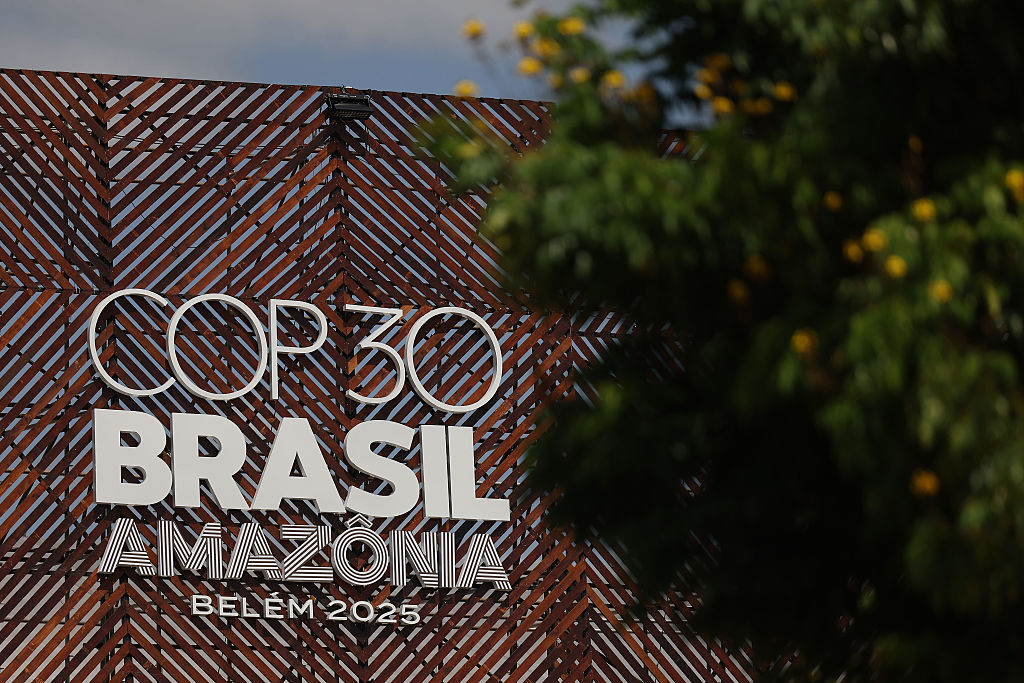Reporters at the Chicago Tribune have done yeoman’s labor in the paper’s “Betrayed” series uncovering widespread sexual assault, abuse, and harassment at Chicago Public Schools (CPS) during the past decade. The Tribune analyzed Chicago Police Department data showing 523 reports of sexual assault and abuse of students inside CPS schools from 2008 to 2017—about one report per week over the course of a decade. They also had to threaten CPS with a lawsuit to get a hold of internal documents showing 430 reports of CPS employees sexual assaulting, abusing, or harassing students since 2011.
If you haven’t taken the time you to read the series, you really should. Over the course of 14 different stories, CPS shows itself to be slow, bureaucratic, incompetent, disinterested, hostile, and negligent, which is to say CPS comes off like CPS. Like the scorpion of fable, CPS is just acting in its nature.
To be fair to the basket of deplorables staffing CPS, this type of chronic abuse is not unique to Chicago. It’s happening in public schools across the country. According to the U.S. Department of Education (DOE), there were 10,100 incidents of sexual assault and another 1,100 incidents of rape or attempted rape in public schools in the 2015–16 school year alone. Another DOE study estimated about 10 percent of students will experience some form of sexual misconduct by a school employee by the time they graduate high school, with 93 percent of them coming in a public school. Additionally, an investigation by the Associated Press (AP) found nearly 17,000 cases of student-on-student sexual assault in U.S. elementary and secondary schools from 2011 to 2015. According to AP, that works out to seven student-on-student sexual assaults for every one teacher-on-student assault. There is so much sexual assault going on in public schools that they make a Hollywood casting couch seem like a safe haven.
Sexual abuse and assault is just part of the danger children face in public schools. Altogether, DOE found 1.1 million “serious offenses” in 2015–16 on school grounds, including more than 789,000 physical attacks or fights without weapons, 11,900 physical attacks or fights with weapons, 24,000 robberies without weapons, 1,200 robberies with either a weapon or a firearm, and 5,700 incidents of possession of a firearm or explosive device. There were also 214,000 threats of a physical attack on a student during the school year, with 13,600 of these a threat to use a weapon or a firearm.
Altogether, 291,100 students were either referred to law enforcement or arrested during the 2015–16 school year, with 79 percent of public schools reporting at least one crime taking place on campus. Another 135,000 students made “allegations of harassment or bullying on the basis of sex, race, sexual orientation, disability, or religion” during 2015–16, but when you consider 20 percent of middle- and high-schoolers report being bullied in school, you realize that bullying goes chronically underreported.
So what can you do if your child has been assaulted, harassed, or bullied and you can’t afford to put them in a private school? The answer is, sadly, not much. Federal law only allows students to transfer out of their public school without paying significant funds if their school meets their state’s definition of “persistently dangerous,” which states have been defining so narrowly that fewer than 50 of the country’s 96,000 public schools get branded as such.
This is why The Heartland Institute has introduced Child Safety Accounts (CSAs). These accounts act like your standard education savings account, but they are exclusively for families who believe the public school their child attends is unsafe for them, whether physically or emotionally. If parents have a reasonable apprehension for their child’s safety at school, they can chose to exercise their CSA option and immediately transfer their child to the school of their choice, public or private. A similar program, the Hope Scholarship, was passed into law this year in Florida.
Parents shouldn’t be forced to deal with the public school status quo because they can’t afford a private school or to move to a different neighborhood to find a safer or better-fitting school. The privilege afforded to wealthy families to keep their kids safe in school should be afforded to all families, and that’s what Child Safety Accounts would help to do.





